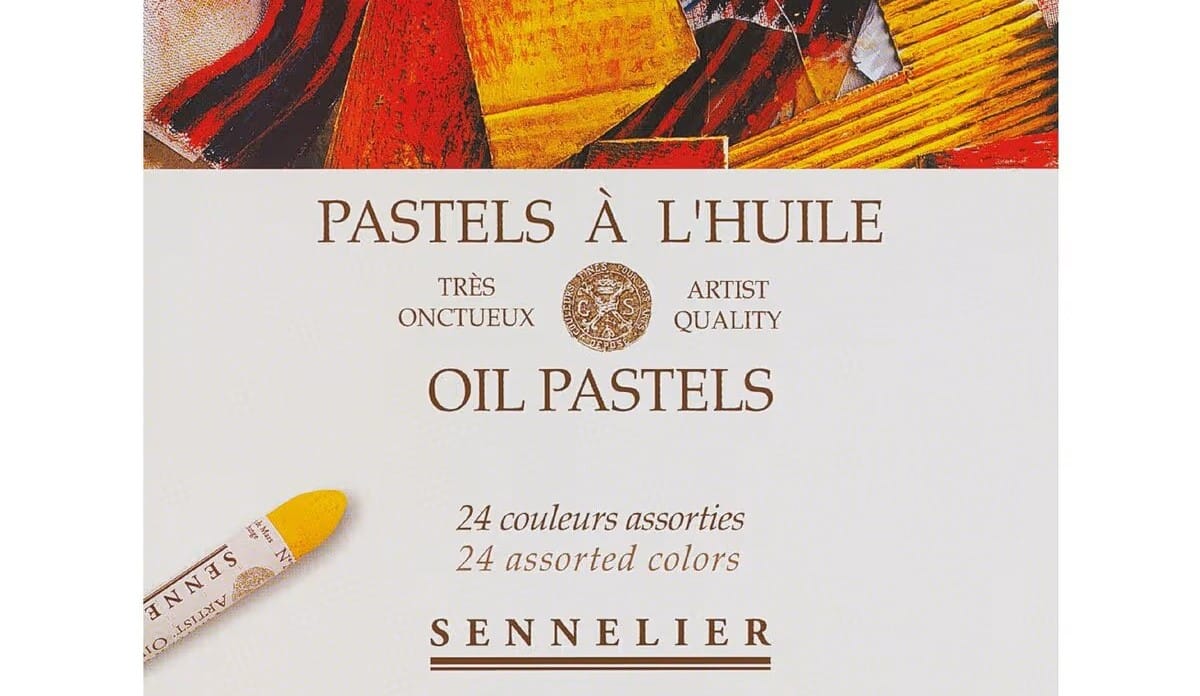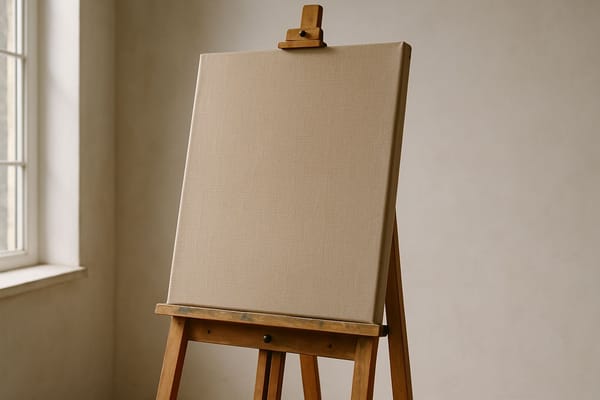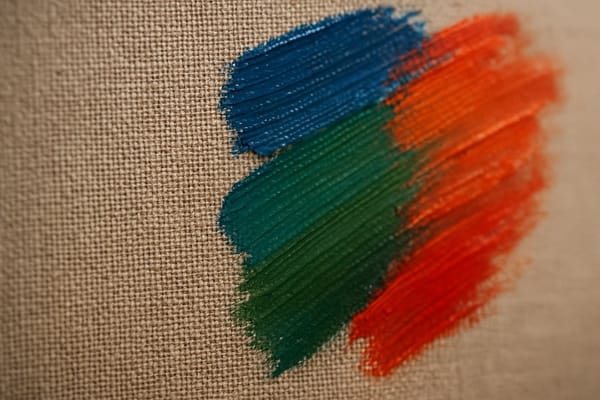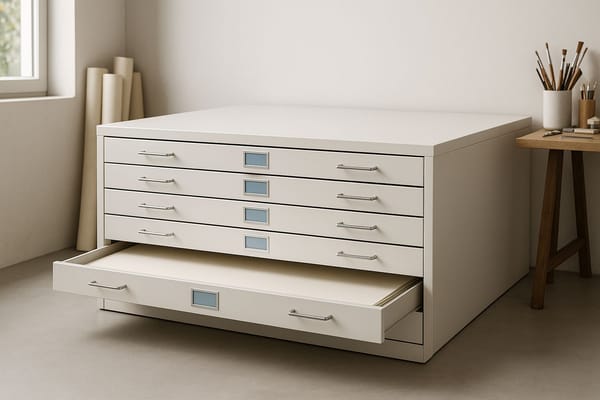How to Use Oil Pastels: Tips Every Artist Should Know
Learn the best tips for using oil pastels—blend, layer, and create vibrant textures with ease. Perfect for beginners and experienced artists.

Oil pastels are soft and rich, allowing for endless blending, unlike colored pencils or chalk. Artists can use oil pastels to paint, draw, and mix colors with total control. For beginners and pros alike, knowing how to use them properly turns flat-looking art into vibrant art.
What Makes Oil Pastels Unique?
Oil pastels are lumps of pigment in a binder of oil and wax, drawing soft material like colors without the use of water and a brush. They’re softer than crayons and denser than chalk, so they glide across paper with an almost creamy texture.
Composition and Texture
Every stick is a combination of pigment and pure, non-drying kaolin clay binder. This makes for a long-lasting brightness and silky touch that are perfect for blending.
Longevity and Versatility
Oil Pastels never dry, allowing pastels to be worked on at any time. Artists might dissolve them with solvents, scrape at layers, or crowd diverse tones atop one another to achieve more depth.
Surface Compatibility
The stickers stick on paper, canvas, wood, and board. The heavier the textured paper (pastel, sanded board), the more gripping power you’ll have and the greater contrast.
What Makes Oil Pastels Different From Soft Pastels or Crayons?
Unlike dry pastel, oil pastel can be used on wood, for example, as a material texture by equipment, comprehensive smear effect, and so on. Their soft, powdered pigments produce a smooth, velvety finish, and the spectrum of colours provides endless possibilities.
Color Intensity
Oil pastel painting is deep and full of colour, and does not require water. Pigments remain bright on light and dark backgrounds.
Durability
They do not smudge, and colors stay fresh and vibrant when fixed/hung behind glass.
Application Control
The fact that they are such a dense medium means oil pastels also form sharp lines and can be used to make broad painterly strokes, which is nothing short of freedom for the artist.
How Do You Start an Oil Pastel Painting?
To begin painting with the best oil pastels, you will first lightly block in a sketch and then layer on color over the top of it. You can gradually build up tone and texture as you work; this way, they're well blended!
Layering Techniques
Begin with a light base tone, and paint on top of the darker color to add shadows. Layer gradually instead of pressing hard from the start. This prevents the build-up of wax and keeps the gradients smooth.
Blending and Mixing
You can blend the best oil pastels with your fingers, cloth, or a blending stump. Artists will sometimes employ turpentine or mineral spirits to dissolve pigment edges for smoother results.
How to Mix Colors Like a Pro?
To mix oil paint and pastel colours, simply work wet to dry in layers and keep your strokes light and even. Very slowly layer a little at a time/drop the color in and mix softly in round motions.
Finger Blending
The heat of your skin melts colors together seamlessly. With a circular scrubbing motion, blend in transitions. Then wipe your fingers clean when switching colors, or face muddy results.
Tool Blending
For more gradual gradients, use a soft brush, tissue, or paper tortillon. Apply No-More on light to avoid the use of solvents.
Layer Blending
Switch between light and heavy pressure. Let one layer dry down before applying the next so that the pigment holds evenly.
How to Protect an Oil Pastel Painting?
If you want to fix your oil pastel painting, spray fixative on the surface or put it under glass once dry to the touch, looking for free love music?
Using Fixatives
Spray tone with an even, distant mist to set color without dulling vibrant tone. A few light coats are better than one heavy spray.
Framing Methods
Frame the painting under glass with a mat. This small difference avoids contact with the glass and therefore minimizes color transmission.
Long-Term Storage
Store the art flat, in a cool, dry place. Keep the palette away from sunlight to retain pigment vibrancy and to avoid yellowing.
What Are the Best Oil Pastel Brands?
Sennelier Oil Pastels
Renowned for its professional-level pigment and brilliant creamy texture, Sennelier oil pastels were initially developed in collaboration with Pablo Picasso. Great for adding bold color and expressive texture.
Cray-Pas Expressionist Oil Pastels
Get painting with these great oil paint pastel sticks that offer excellent color payoff and are easy to use, perfect for students or hobbyists.
Holbein Artist Oil Pastels
These oil pastels are buttery yet durable and glide extremely easily. Ideal for portrait, still life, and fine detail.
Faber-Castell Creative Studio Oil Pastels
A great beginner’s set with excellent color payoff and easy blending. The texture is a nice middle ground suitable for both sketchbooks and canvas work.
Where to Buy Oil Pastels?
You can shop for best oil pastels and sets of oil paint pastels here:
- Blick Art Materials - best and student pastels.
- Amazon - quick access to different brands and bundle deals.
Frequently Asked Questions
Can I use oil pastels with other media?
Yes. You could mix oil pastels with acrylics, color pencils, or watercolor background to add some mixed-media depth.
What is the best paper for oil pastel painting?
Opt for heavyweight paper such as Canson Mi-Teintes or sanded pastel paper to help hold layers and avoid smudging.
Do oil pastels dry?
No. They remain soft and can be sealed with fixative or glass framing for protection.
How do you remove oil pastels from hands and surfaces?
Just dab a baby wipe or a few drops of mineral oil onto the glue to lift away residue without leaving skin (or furniture) worse for wear.
Final Thoughts
It’s all about layering, patience, and experimentation when it comes to working with oil pastels. The mixable quality of oil paint pastel allows for both drawing and painting with one tool. Whether oil pastels are used for drawing or mixed media applications such as scratch art and Color overlays, the bold colors will shine.




